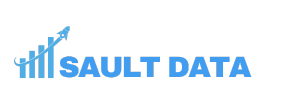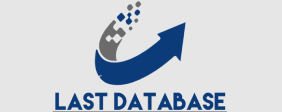Raster to vector conversion technology has come a long way since its inception, evolving from manual tracing methods to sophisticated automated processes. Initially, designers had to painstakingly trace over raster images to create vector graphics, a time-consuming and often imprecise task. Today, advancements in algorithms and machine ghost mannequin service have enabled more accurate and efficient conversions. With the increasing demand for high-quality graphics in various industries, this technology continues to evolve, promising even greater improvements in the future.
AI and Machine Learning Integration
One of the most exciting developments in the future of raster to vector technology is the integration of artificial intelligence (AI) and machine learning. These technologies can analyze raster images, recognize patterns, and automatically generate vector representations with remarkable precision. AI-powered tools are becoming increasingly adept at transform your photos: expert retouching solutions complex images, allowing for more nuanced and detailed conversions. This not only streamlines the design process but also reduces the likelihood of human error. As AI continues to advance, we can expect even more powerful tools that will transform how designers approach raster to vector conversion.
Expanding Applications Across Industries
The applications of raster to vector technology are expanding across various industries, from graphic design to fashion, architecture, and beyond. In fields like fashion, for instance, designers can quickly convert intricate patterns from raster images into usa b2b list vector formats, facilitating easier manipulation and production. Similarly, architects can transform site plans and renderings into vector graphics for presentations and blueprints. As industries recognize the benefits of vector graphics—such as scalability, precision, and adaptability—the demand for raster to vector conversion will only grow, pushing the technology further into mainstream use.
Enhanced User Accessibility
Another trend shaping the future of raster to vector technology is the increasing accessibility of conversion tools. Historically, high-quality conversion software was often complex and required specialized knowledge. However, as technology advances, user-friendly applications are emerging that allow individuals with minimal technical expertise to perform conversions with ease. Online platforms and mobile applications are making it possible for anyone, from hobbyists to professionals, to utilize raster to vector conversion tools. This democratization of technology encourages creativity and innovation, enabling more people to engage with graphic design and digital art.

